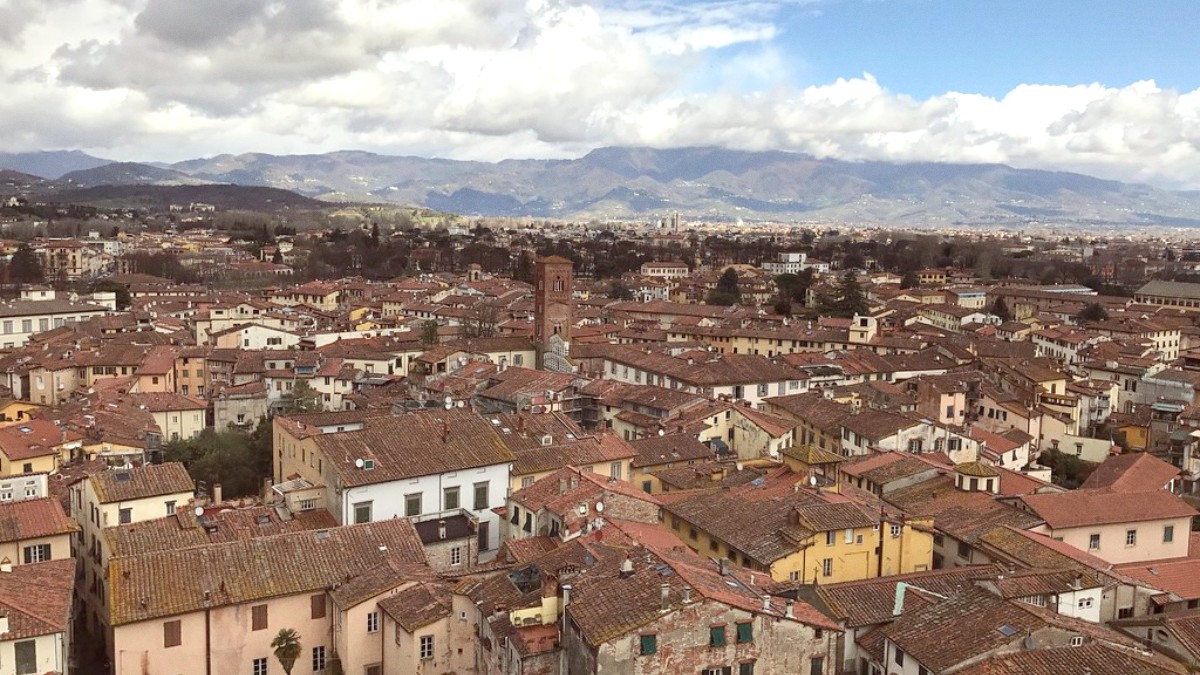
The Northeast, Brazil
Main Brazilian carriers (LATAM, GOL, Azul) operate frequent flights connecting Fortaleza to major cities.
Direct international flights mainly connect Fortaleza to Europe.
Prices increase significantly during Brazil's high season (Dec-Feb) and July (school holidays). Booking well in advance is highly suggested.
FOR offers ATMs, currency exchange, duty-free shops, diverse dining, car rental agencies, and VIP lounges.
Official taxis, ride-sharing (Uber, 99), public buses, and pre-arranged private transfers are available.
An International Driving Permit (IDP) with your valid home country license is needed.
Major federal highways are generally well-maintained. Secondary roads vary widely in quality, some unpaved.
Traffic is heavy; local driving habits differ. Avoid driving at night on unfamiliar roads.
The Rodoviária Eng. João Tomé (Fortaleza Bus Terminal) is the main hub for intercity and interstate bus travel.
Driving in Fortaleza and around Ceará brings challenges. Traffic can be heavy and aggressive in urban areas.
Major federal highways are well-maintained. Be prepared for sudden speed bumps (`lombadas`). Secondary roads can vary widely, from paved with potholes to unpaved tracks.
Long-distance passenger rail service is not a significant mode of intercity travel to or from Fortaleza. Regional metro lines serve commuters within the city.
International flights: Arrive at FOR at least 3 hours before departure. Domestic flights: Arrive at least 2 hours before departure.
Pinto Martins – Fortaleza International Airport offers various services for departing travelers.
Check your flight status and terminal information 24 hours before departure. This helps you stay informed about any changes and plan your arrival at the airport accordingly.